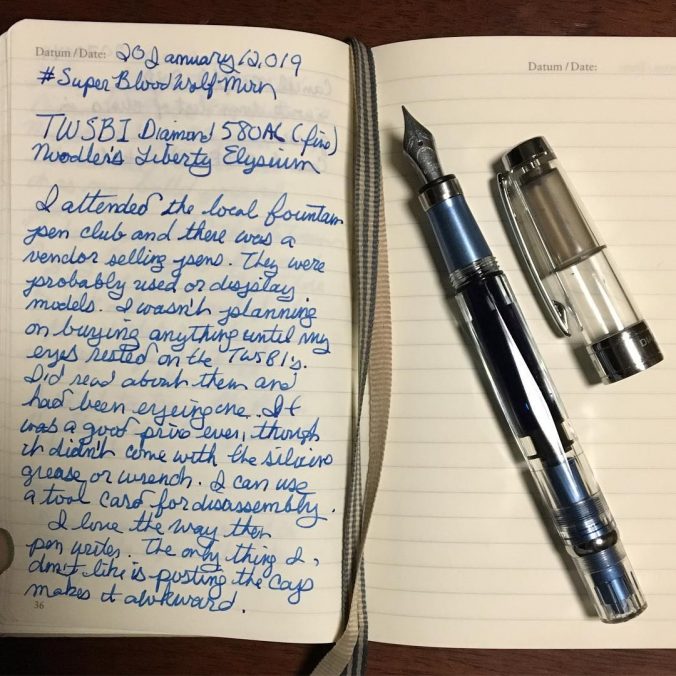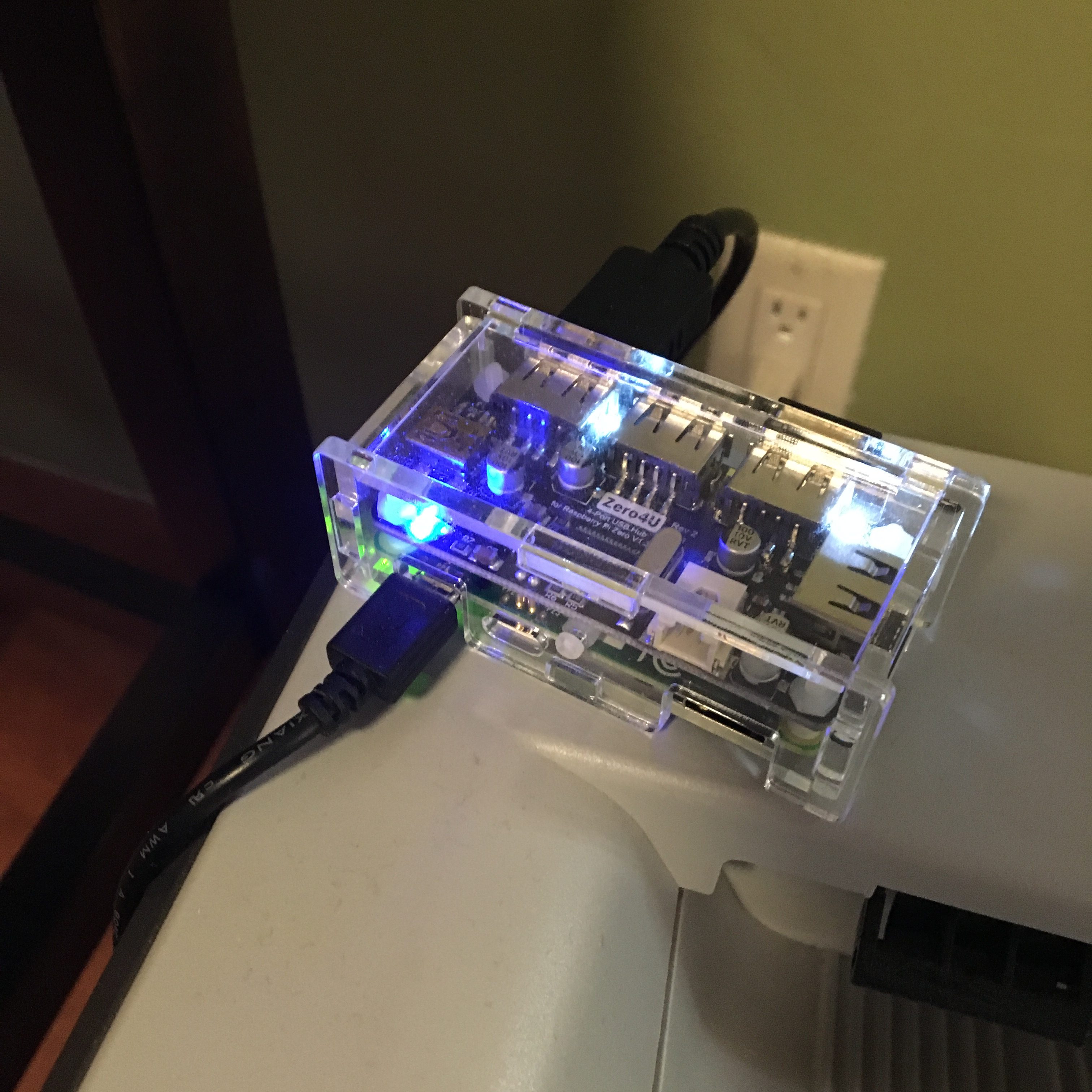In the past few years I’ve become a fan of fountain pens. I was actually looking for a way to write quickly and a lot on my iPhone. To no avail. I even tried the Swype keyboard once it became available to iOS, but still I just couldn’t get the hang of it. Someday, I hope to learn how to write quickly on my mobile devices (other than a laptop).
I’ve been writing in notebook since high school. I’ve never kept a formal diary or journal. In fact I tossed a large number these notebooks in 2000. About seven years ago I upped my game when I bought a moleskine on a lark. At first I used a regular ink pen, but eventually gravitated to fountain pens when I started reading on how to improve my handwriting (see whole arm movement or muscular movement).
My first fountain pen was a Pilot Varsity that my wife had amongst our pens and I started to play around with it. I eventually bought some more from an online retailer as I had no luck finding them in a local office supply store (though I didn’t check art stores). I suppose I could write this as a piece of article marketing and link to the online retailer where you can buy these pens and earn a pittance for directing you there. And maybe I will, but I’ll be up front about it. The idea isn’t to think of ways to earn money then write an article, but to monetize an idea.
And by that I mean, if you want to write with an fountain pen, you’ll need to buy materials, and I can make recommendations on what I’ve used and where I got them, I’m sort of giving free advertising to a retailer, and I may sort of earn a little money on the side from those recommendations, but it is all in the service of sharing my joy of writing with a fountain pen.
Technology shapes how we do things. Fountain pens lend themselves to writing in cursive.
Anyway, back to the Varsity. It is “non-refillable” unless you know what you are doing. This post shows you how, but it is missing one critical step. The author says how much ink he used and if you can measure it, great, but what if you need to eyeball it and just keep putting in the barrel until it’s full enough. Where do you stop? I looked at how far the nib goes back into the barrel and remembered where it stopped. It’s easy to see there’s a line where the barrel widens just a bit to fit the nib, so I used a straw which was narrow enough to fit inside the barrel and I dipped the straw into my ink bottle, put my finger over it, then lowered the straw into the pen barrel and removed my finger. I repeated this process about 3 times with the last step only getting a third the amount of ink, the first two put plenty of ink.
I don’t know if this is going to work. I put the nib back in with my Leatherman. It clicked. I turned the pen nib down to make sure no ink dripped out. I used an old newspaper and paper towels to catch and clean up any ink spillage or drips. I put the cap back on and letting the pen sit for a few minutes nib down to let the ink fill it, and I’ll give it a test. It could take several hours before enough ink gets to the point where I can write.
How to refill your Pilot Varsity
https://peninkcillin.blogspot.com/2011/07/how-to-refill-your-pilot-varsity.html
Addendum
I wrote this post about three years ago and left it as a draft. Forgot about until now. Decided to update and publish. Once you start buying fountain pens you can use converters and refill them with ink, but you can also take the non-refillable cartridges and refill them with a blunt needled syringe. Just make sure you wash the cartridge before using them.
Second Addendum
If you want to try out fountain pens, I’d recommend getting a Platinum Preppy with some of their proprietary cartridges. For less than $10 you can decided if you like them. And if you do, you can prepare to spend a lot more on pens, inks, and paper. A lot more. You can get decent pens under $30 but don’t be surprised when you see them going for $200 or $500.


